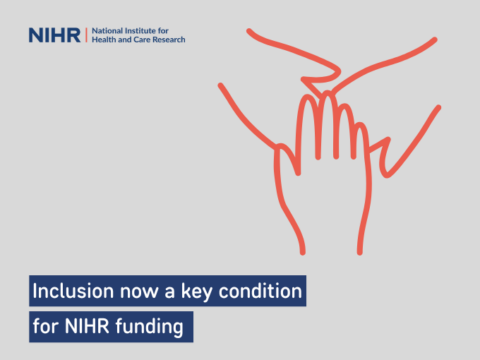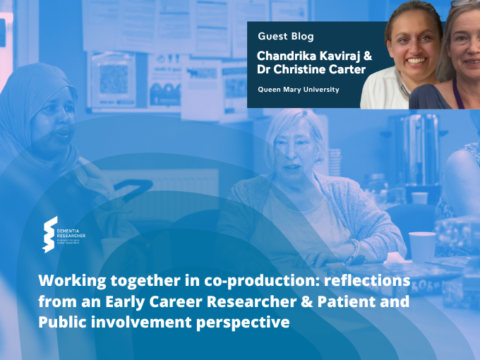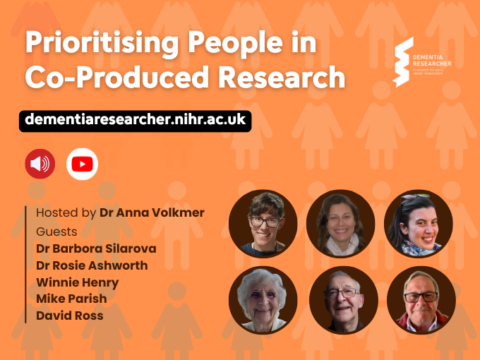
A good practice guide for engaging
with underrepresented groups
National Institute for Health and Care Research (NIHR) data has revealed that UK geographies with the highest burden of disease also have the lowest number of patients taking part in research. The postcodes where research recruitment is low also aligns closely to areas where earnings are lowest, and indices of deprivation are highest.
This means that research is often being conducted with healthier individuals who may have different responses to a therapy or experiences of services compared with other members of the public. As part of the Saving and Improving Lives: The Future of UK Clinical Research Delivery, NHS England and other organisations have committed to increase public participation in research. This guide supports that ambition, offering insights and practical suggestions to support researchers to engage more diverse research participants.
This guide has been co-created with six groups, who are among those reported by the National Institute for Care and Excellence (NICE) as being underrepresented in research. Working directly with these groups through focus groups and follow up discussions has provided valuable, first-hand insight on how to conduct meaningful engagement.
This guide is designed for researchers from a wide and varied audience.
Its purpose is:
- To help researchers understand why research participation might be low in a group
- To provide meaningful insights into working with groups where participation in research is low
- To provide practical suggestions to increase participation in research
This work was undertaken in two phases:
- A review of the available literature, contemporary media and online insights to explore existing understanding and resources
- Outreach work with six underrepresented groups to understand challenges and enablers to getting involved in research, and to co-develop practical tips to address these
Insights drawn from both phases of work have underpinned the development of this guide, which has been co-developed with the groups in question. The first half of this guide provides context, background, and insights into the challenges around recruiting a diverse participant base. The second half outlines practical tips, guidance, and case studies from the underrepresented groups. This guide is relevant to all research professionals but for brevity throughout the guide we refer to the audience as those working in patient and clinical research.

 Print This Post
Print This Post





